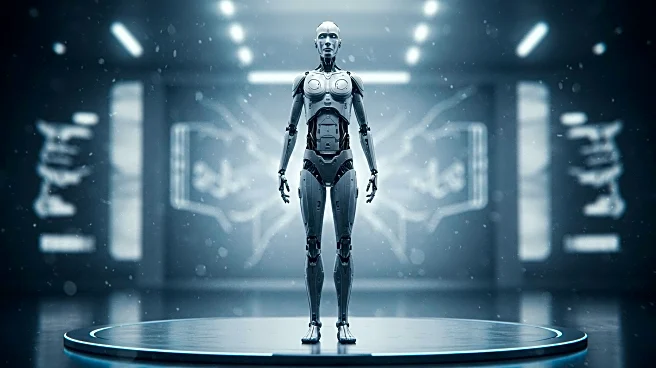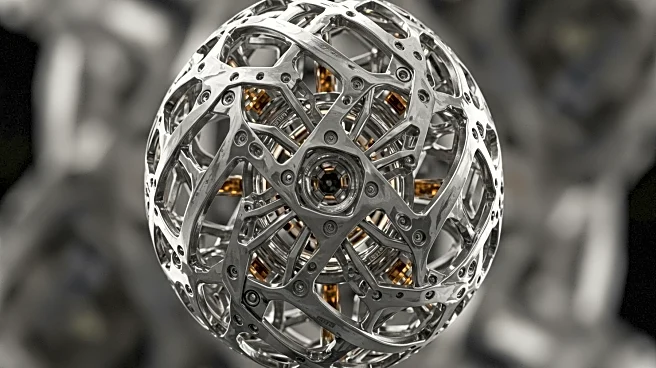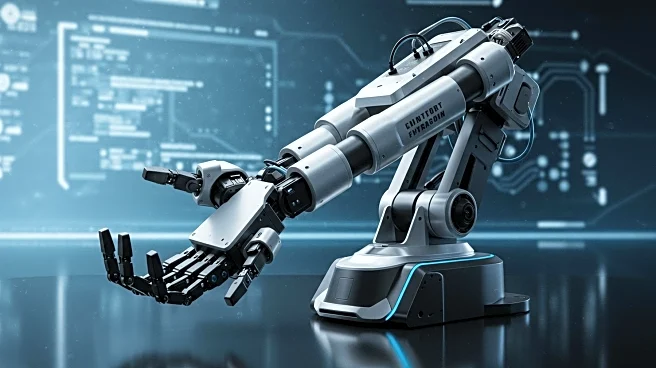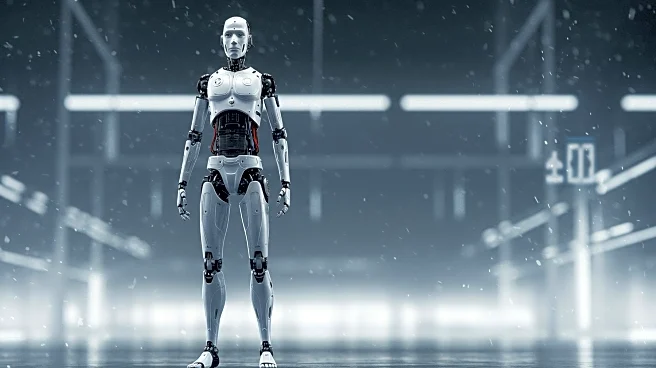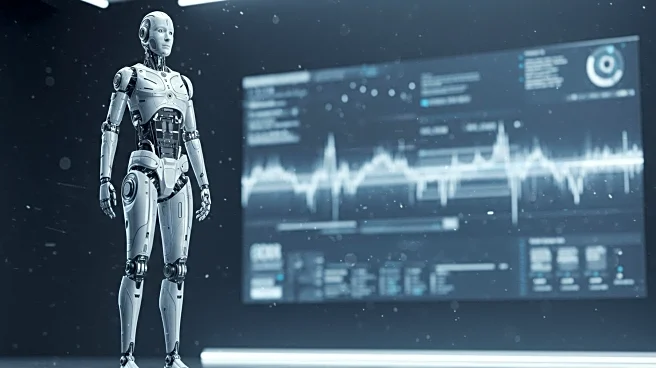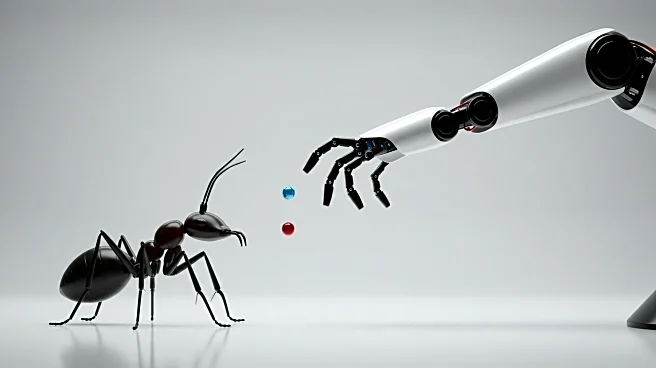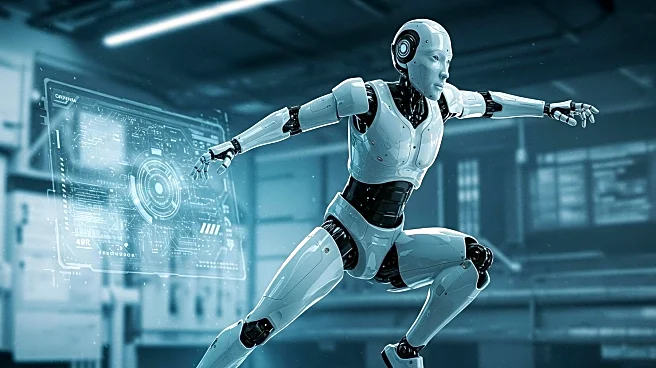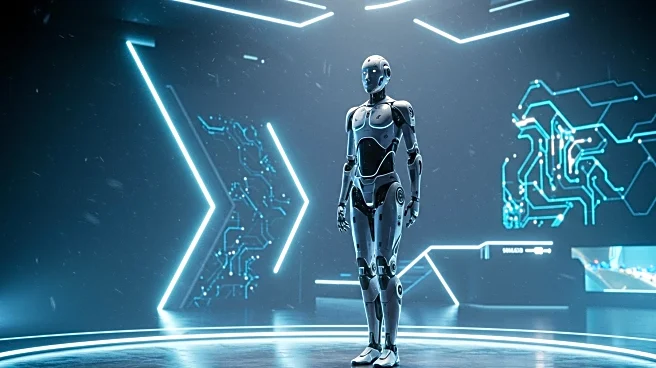Rapid Read • 8 min read
A study published in the journal Current Biology reveals that ants, specifically the Asian weaver ants, exhibit superior teamwork compared to humans. Researchers from Macquarie University, led by behavioral ecologist Madelyne Stewardson, investigated the teamwork dynamics of these ants, which are known for building aerial nests by forming chains to pass along leaves. The study found that as the team size increases, each ant almost doubles its pulling force, contrary to the Ringelmann effect observed in human teams where individual effort decreases as team size grows. The researchers developed a 'force ratchet' theory, suggesting that ants organize their work such that some ants actively pull while others act as anchors, storing the pulling force. This efficient teamwork model could inspire new strategies for programming robot teams to work more effectively.
AD
The findings from this study have significant implications for the development of autonomous robot teams. By adopting cooperative strategies inspired by ants, such as the 'force ratchet' theory, robots could potentially work together more efficiently, achieving more than the sum of their individual efforts. This could revolutionize industries that rely on robotic teamwork, such as manufacturing, logistics, and even space exploration. The ability to enhance robot collaboration could lead to increased productivity and innovation, providing a competitive edge in technology-driven sectors.
The next steps involve applying the 'force ratchet' theory to robotic systems, potentially leading to advancements in robot design and programming. Researchers may focus on developing algorithms that mimic ant-inspired cooperative strategies, allowing robots to store and utilize force collectively. This could pave the way for more sophisticated and efficient robotic teams capable of tackling complex tasks. Stakeholders in robotics and artificial intelligence industries are likely to monitor these developments closely, considering the potential for improved performance and cost-effectiveness.
The study also highlights the broader implications of biomimicry in technology, where natural systems inspire innovative solutions to human challenges. The ethical considerations of using animal behavior to inform technological advancements may spark discussions on the balance between innovation and ecological respect. Additionally, the cultural fascination with nature's efficiency could drive public interest and support for research in biomimetic technologies.
AD
More Stories You Might Enjoy


